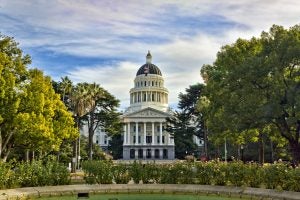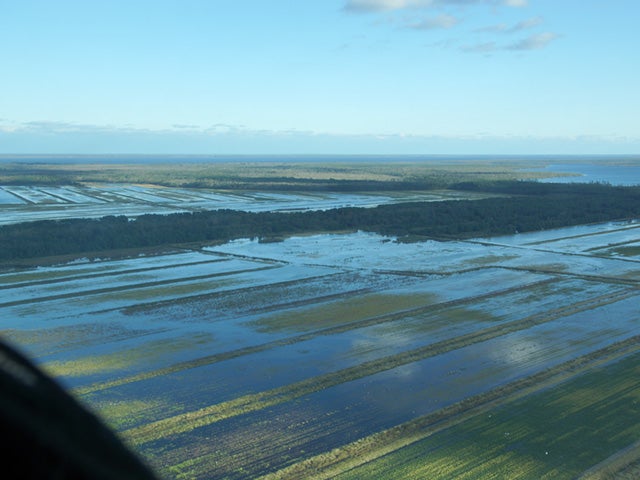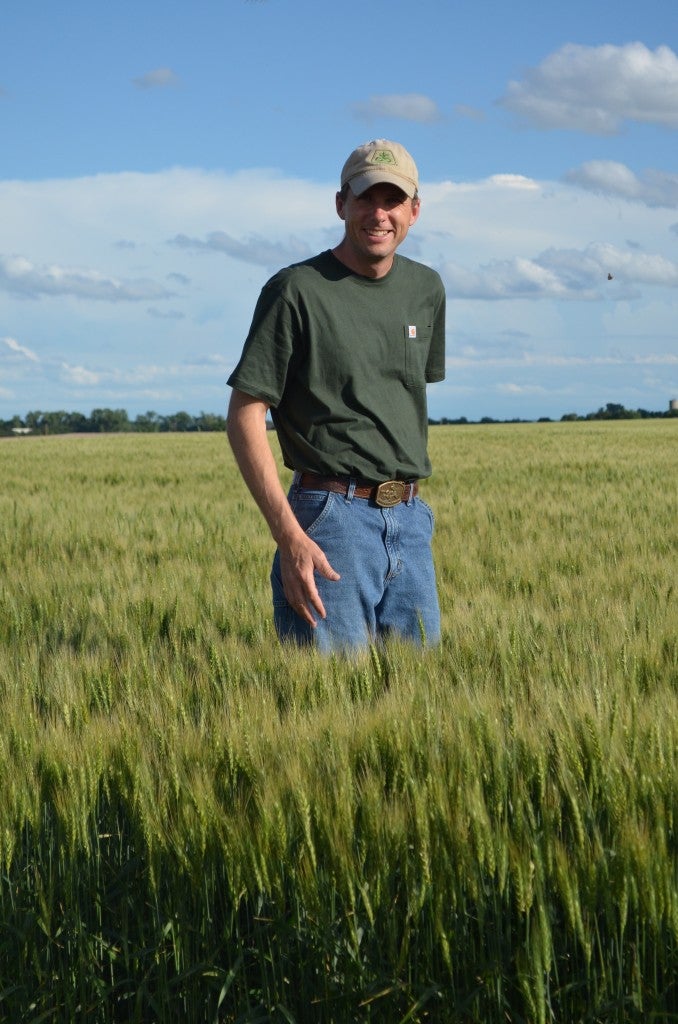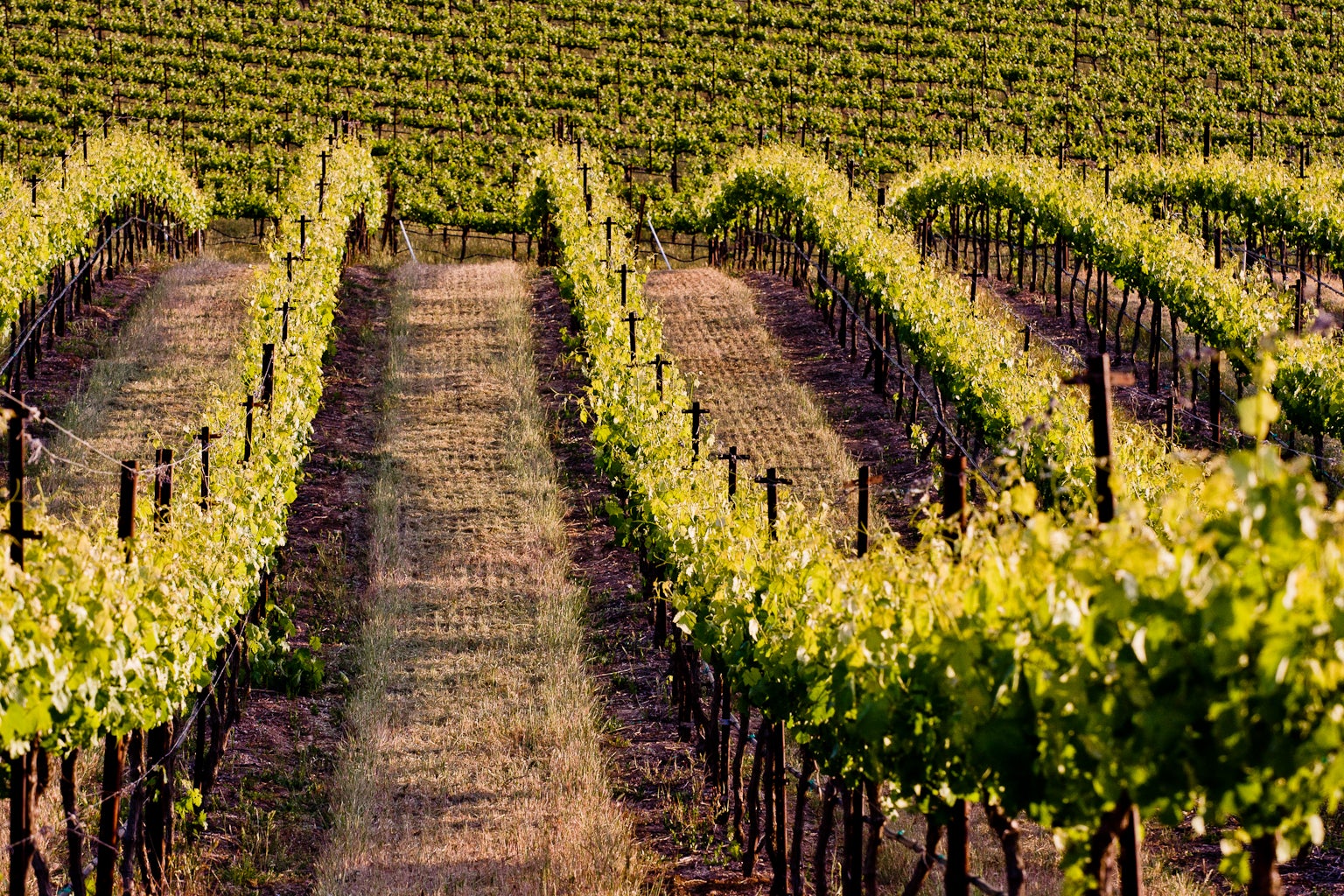There’s a lot to like about SB 5, the $4 billion parks and water bond legislation signed by Governor Jerry Brown, qualifying it for the June 2018 ballot.
For starters, its largest allocation – $725 million – will go toward building new parks in underserved neighborhoods. That’s a good thing for communities who are often overlooked when it comes to environmental investments and protections.
But that’s not all. SB 5 contains some funding programs unlike those seen in past park bonds. A renewed focus on the agricultural community and the Salton Sea is a clear sign that California is taking a magnifying glass to the most serious resource issues in the state. The bond’s “hidden gems” aim to make California more resilient to the droughts, downpours and wildfires that are expected to intensify as a result of climate change.
That’s a good thing for all Californians, not to mention the state’s wildlife. Read More












 Journalist Michael Pollan deserves credit for elevating the national conversation about food. Over the course of 25 years, his articles and books have thoughtfully contemplated the troubling side effects of the American diet and the way our food is produced.
Journalist Michael Pollan deserves credit for elevating the national conversation about food. Over the course of 25 years, his articles and books have thoughtfully contemplated the troubling side effects of the American diet and the way our food is produced. I first met Justin Knopf at a meeting in DC about five years ago. At 6’3”, he definitely stood out, but not just physically. He openly conveyed how important his family and his land are – the reason he cares so much about making sure his Kansas farming operation can live on is for his children. It’s rare to meet someone so articulate, sincere and committed to sustainability.
I first met Justin Knopf at a meeting in DC about five years ago. At 6’3”, he definitely stood out, but not just physically. He openly conveyed how important his family and his land are – the reason he cares so much about making sure his Kansas farming operation can live on is for his children. It’s rare to meet someone so articulate, sincere and committed to sustainability.


